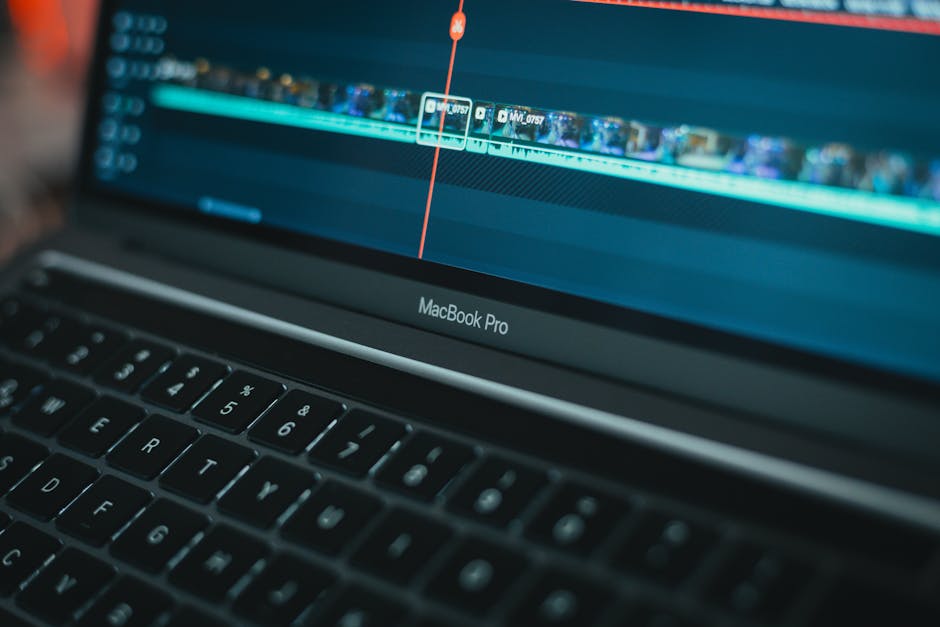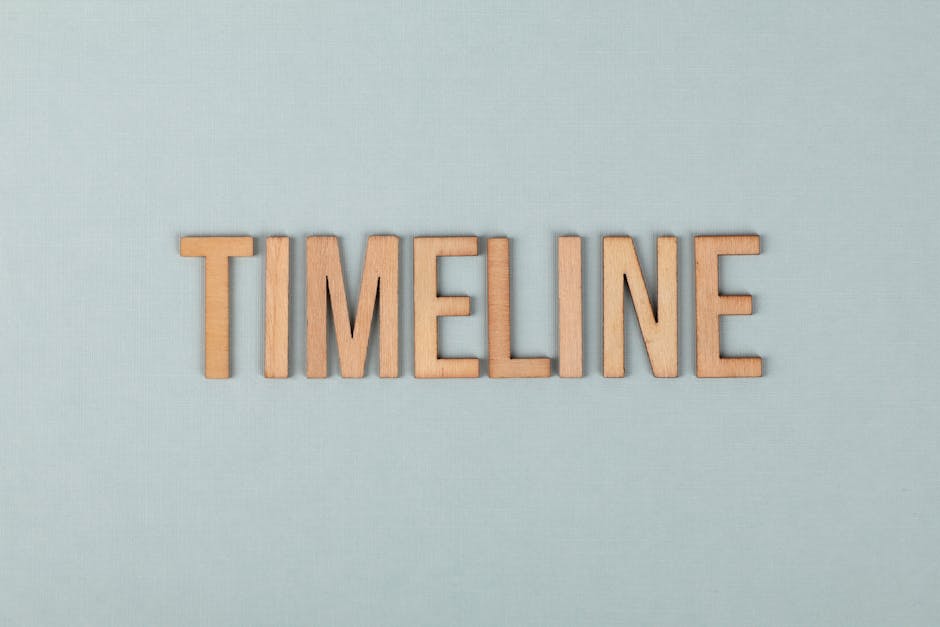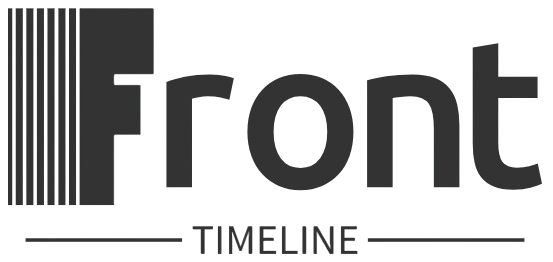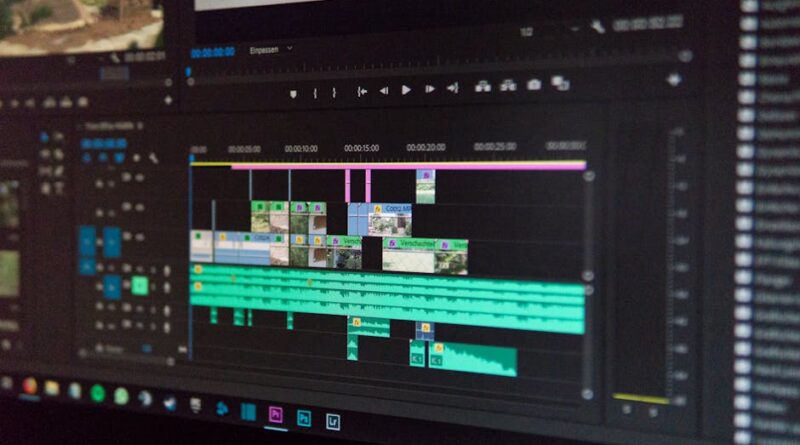Creative Ways to Leverage Timeline Niches
Have you ever considered the power of timelines in shaping our understanding of history, culture, and even personal narratives? Timelines are not just chronological sequences of events they can be dynamic tools for storytelling, education, and creative expression. In this article, we will delve into the fascinating world of ‘Creative ways to leverage timeline niches’ and explore how these timelines can be harnessed in innovative and impactful ways. Let’s embark on a journey through time and discover the endless possibilities timelines offer.
The Evolution of Timelines

The concept of timelines dates back centuries, with early civilizations using visual representations to document historical events. From ancient Egyptian hieroglyphs to medieval manuscripts, timelines have served as essential tools for recording and preserving knowledge. In the modern era, timelines have become digitalized, allowing for interactive and multimedia-rich displays of information. Platforms like Timeline JS and Tiki-Toki have revolutionized the way we engage with chronological data, enabling users to create visually stunning timelines with ease.
The Power of Visual Storytelling

One of the key strengths of timelines is their ability to convey complex information in a concise and visually appealing format. By organizing events along a linear progression, timelines help viewers grasp the chronology of events, identify patterns, and make connections between different historical moments. Visual storytelling through timelines can enhance comprehension, retention, and engagement, making it an invaluable tool for educators, historians, and content creators.
Utilizing Timelines in Education

In the field of education, timelines play a crucial role in enhancing students’ understanding of historical events, literary works, scientific discoveries, and more. By creating interactive timelines, educators can provide learners with a dynamic and immersive learning experience. For example, teachers can use timelines to illustrate cause-and-effect relationships, highlight key milestones in a subject’s development, or compare and contrast different eras or movements. Timelines can also be used to showcase students’ research projects, enabling them to present their findings in a visually compelling manner.
Chronological Brand Storytelling

Businesses and brands can also leverage timelines to narrate their journey, milestones, and achievements. By creating a brand timeline, companies can showcase their evolution, growth, and impact on the market. This not only helps in building brand identity and credibility but also establishes an emotional connection with customers. Whether it’s commemorating founding anniversaries, launching new products, or celebrating milestones, brand timelines offer a unique way to engage with audiences and communicate the brand’s values and vision.
Personal Timelines: A Journey Through Memories
On a more personal note, timelines can be powerful tools for individuals to document their life stories, memories, and experiences. Whether it’s creating a timeline of significant life events, preserving family history, or commemorating special moments, personal timelines serve as digital scrapbooks that capture the essence of one’s journey. With the rise of social media platforms and digital storytelling tools, people can easily create and share their personal timelines with friends and family, fostering connections and preserving memories for future generations.
Timelines in Journalism and Media
Journalists and media professionals often use timelines to present complex narratives, investigative reports, and historical backgrounds in a clear and engaging manner. By incorporating timelines into their storytelling, journalists can provide readers with a comprehensive overview of events, timelines, and key players involved in a story. This not only enhances the reader’s understanding but also adds depth and context to the reporting. Timelines can also serve as interactive features in online articles, allowing readers to explore the story at their own pace and delve deeper into the details.
Future Trends and Innovations
As technology continues to advance, the possibilities for leveraging timeline niches are endless. Artificial intelligence, virtual reality, and augmented reality are reshaping how we interact with timelines, offering immersive and interactive experiences. Imagine exploring ancient civilizations through a virtual timeline or reliving historical events through augmented reality the future of timelines is brimming with innovation and creativity. Harnessing these emerging technologies, we can create timelines that not only inform but also inspire, educate, and entertain audiences in new and exciting ways.
Common Misconceptions about Timelines
Despite their versatility and utility, timelines are sometimes misunderstood or underutilized. One common misconception is that timelines are limited to linear narratives and cannot accommodate complex or non-linear stories. However, with the advent of interactive timelines and multimedia integration, timelines can cater to a wide range of storytelling formats and structures. Another misconception is that timelines are only relevant for historical data or academic purposes. In reality, timelines can be applied to diverse fields such as marketing, journalism, advocacy, and personal storytelling, offering a versatile platform for creativity and expression.
Conclusion
To wrap things up, ‘Creative ways to leverage timeline niches’ offer a wealth of opportunities for storytelling, education, brand building, and personal expression. By harnessing the power of timelines, we can transform chronological data into compelling narratives that captivate, inform, and inspire audiences. Whether you’re a student, educator, marketer, journalist, or individual looking to document your journey, timelines provide a versatile and engaging medium for sharing your story with the world. Embrace the timeline revolution and unlock the potential of visual storytelling through creative timeline niches.
Long story short, timelines are not just static representations of historical events they are dynamic tools for creativity, innovation, and communication. Let’s embark on a journey through time and explore the endless possibilities timelines offer in shaping our understanding of the past, present, and future. The clock is ticking what story will you tell with your timeline?




